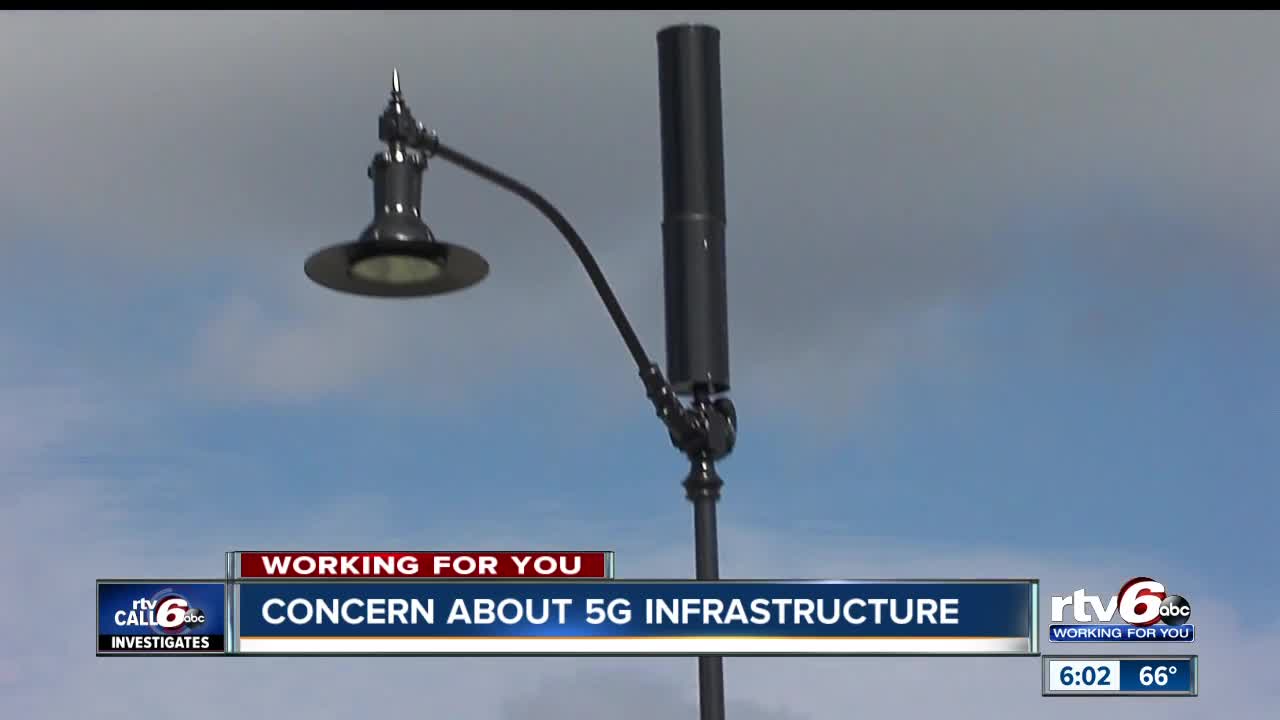Are usually safest distance from a 5G cell Tower?

If you've ever walked through a city you might have noticed tiny 5G cell towers placed on poles for street lighting. They look like small boxes however they're actually sending wireless signals from cellular providers to your phone.
These smaller towers are replacing larger, purpose-built cell towers. While they're less noticeable however, they could cause issues for users.
The of the FCC's Radiation Exposure Thresholds
The FCC's Radiation Exposure Thresholds establish the safe limit at which an individual can be exposed to electromagnetic radiation from wireless devices. The exposure limits are based on scientific data which show that the energy of RF can be harmful to health.
safe distance from cell tower of absorption called the specific absorption rate (SAR) is an indicator of the radiofrequency energy taken up by tissues. It's typically 1.6 milliwatts per kilogram calculated over one Gram of tissue.
But, since 5g operates at higher frequencies, it has the potential to create more energy on the skin and other directly-exposed body areas. This could result in a wide range of potential harms, including exacerbated appearance of skin conditions such as dermatitis and skin cancer and cataracts.
Due to the possible negative effects of 5G radiation, PSU has chosen to set a general localized power density limit of 4 mW/cm2 measured over 1 cm2, but not exceeding 30 minutes for the entire 5G spectrum at 3000 GHz. This limit for localization is in line with the peak SAR that is spatially averaged at 1.6 W/kg, averaged over one grams of tissues at six GHz.
The FCC's Maximum Exposure Thresholds

If you've ever operated a cell phone, then you're aware that the safest location from the tower should be at least 400 meters. what is safe distance from 5g tower is because the power of the transmission of a cell tower increases dramatically the farther you are from it.
While what is a safe distance from a 5g cell tower sounds like an ideal idea, the reality is that those living close to towers could be more prone to health problems. For example, a study from 2014 in India discovered that those who lived within 50 meters of cell towers had significantly more health complaints than those living further away from the antennas.
This study found that people who moved to areas that were further from the cell towers saw their symptoms return to normal within a couple of days. Studies have also revealed that exposure to high levels of radiofrequency electromagnetic fields (EMFs) can cause brain tumors, cancer, and other health problems.
This is due to the fact that radiofrequency radiation, used in wireless communication, can penetrate the body's outer layer, the skin. It is vital to be aware of this since the skin functions as a shield against injuries caused by mechanical forces, infections by pathogenic microorganisms, and infiltration of toxic substances. The skin is the biggest organ in the human body. It is responsible for keeping the integrity of the other organs.
The FCC's Minimum Exposure Thresholds
The FCC's Minimum Exposure Thresholds rely on numerous assumptions that aren't supported by evidence from science. These include the erroneous assumption that exposures to RF radiation are safe due to the limited absorption into body (i.e. thermal heating of tissue).
The assumption is also ignoring the greater penetration of ELF elements of modulated radio signals, as well as the effects on the body of short bursts from pulsed RF waves. These theories are not compatible with current knowledge of the biological effects of RF radiation, and thus they shouldn't be relied upon for health-protection exposure guidelines.
In addition there is the fact that both ICNIRP and FCC are limiting their exposure limits to local peak SARs that are based on the maximum speed of spatial absorption (psSAR), which can be described as an inadequate dosimetric tool to determine the degree of exposure to RF radiation. In particular the psSAR tool is not accurate for frequencies that exceed 6 GHz. Additionally, psSAR hasn't been evaluated for RF radiation exposed to other agents of the environment such as sunlight. In the event of interactions, RF radiation and other environmental agents could result in antagonistic or synergistic impacts. This would result in an increased risk of adverse health adverse effects. For instance, exposure to RF radiation and sunlight could raise the chance of developing skin cancer, and may also exacerbate other skin diseases such as acne.
